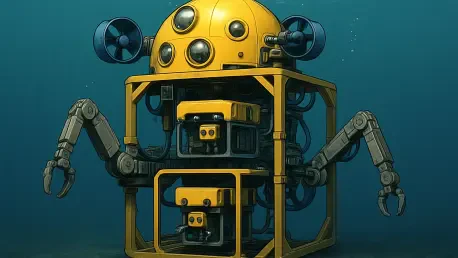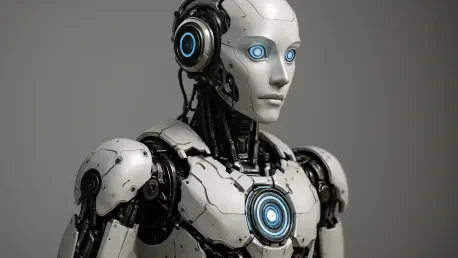
In the ongoing battle against neurodegenerative conditions such as Alzheimer’s, Parkinson’s, and brain tumors, a formidable obstacle has long hindered effective treatment: the blood-brain barrier (BBB). This natural protective shield around the brain blocks most therapeutic drugs from reaching

Imagine a vast, uncharted underwater world where critical infrastructure like offshore energy platforms and subsea cables lies hidden beneath turbulent waves, requiring precise and safe inspection methods that traditional approaches struggle to deliver. The maritime industry is on the cusp of a

In the rapidly evolving landscape of machine learning, the ability to streamline complex workflows remains a critical challenge for data scientists and engineers aiming to maximize efficiency, and imagine a system where an intelligent agent not only handles data generation and model training but

Picture a morning where a digital assistant doesn’t just wait for commands but already knows what’s on the agenda, serving up critical updates before a single request is made, transforming your day with seamless efficiency. From flight details for an upcoming trip to a reminder about a client

What if the bridge crossed daily by thousands conceals a hairline fracture, invisible to the naked eye, yet capable of triggering a catastrophic failure under the right conditions? This silent threat looms over aging civil infrastructure worldwide, from towering dams to sprawling highways. Despite

Imagine a world where a helmet molds perfectly to your head, a hospital bedsheet adjusts to support a patient’s needs, or a robot shifts its form to navigate complex terrains—all without human intervention. This isn’t science fiction; it’s the frontier of robotics, driven by artificial intelligence